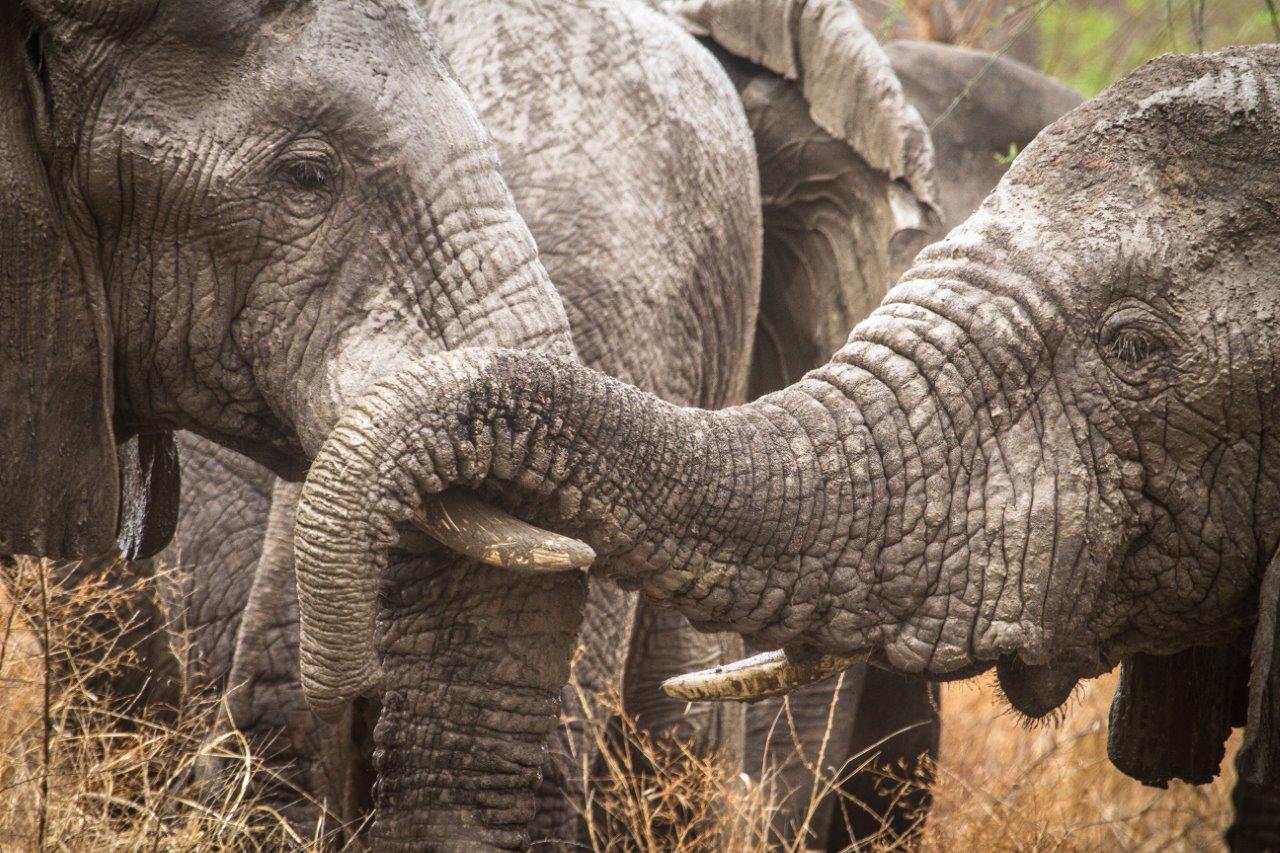Revised EU Action Plan against Wildlife Trafficking, adopted on 11 November 2022

date: 24/01/2023
Illegal wildlife trade is a driver of biodiversity loss, can vastly weaken wild populations of flora and fauna, and in some cases drive them to extinction. Wildlife trafficking also has destructive socioeconomic consequences as the destruction of ecosystems which can result from poaching and trafficking often deprives local communities of legal and sustainable forms of income. As the Covid-19 pandemic has recently highlighted, unmanaged wildlife trade can be a source of the spread of zoonotic diseases, with potentially devastating results for public health.
The EU is a hub for global wildlife trafficking and has a key role to play in the fight against it. The reported value of the illegal wildlife trade in the EU was a minimum of €4.7 million in 2019 but is likely to be much larger. EU Member State authorities consistently seize wildlife in various commodity types ranging from medicinal, corals, reptiles, birds, plants, and mammals. Since 2017, there have been on average over 6 000 annual seizures involving CITES-listed wildlife in the EU.
The updated plan announced in the Biodiversity Strategy for 2030 will guide new EU actions against wildlife trafficking until 2027, building on the 2016 Action Plan. The revised plan has four main priorities:
- Preventing wildlife trafficking and addressing its root causes, by reducing consumer demand for illegally traded wildlife, supporting sustainable livelihoods in source countries, and tackling corruption at all levels.
- Strengthening the legal and policy framework against wildlife trafficking, by aligning EU and national policies with international commitments and latest evidence, and engaging with business sectors involved in the wildlife trade.
- Enforcing regulations and policies to fight wildlife trafficking effectively, by improving the rate of detection of illegal activities within the EU, focusing on capacity-building along the entire enforcement chain, encouraging coordination and cooperation within and between Member States, and increasing efforts in tackling the online aspects of wildlife trafficking.
- Strengthening the global partnership of source, consumer and transit countries against wildlife trafficking, by enhancing their capacity and improving cooperation between the Member States, EU enforcement actors and key non-EU countries.
